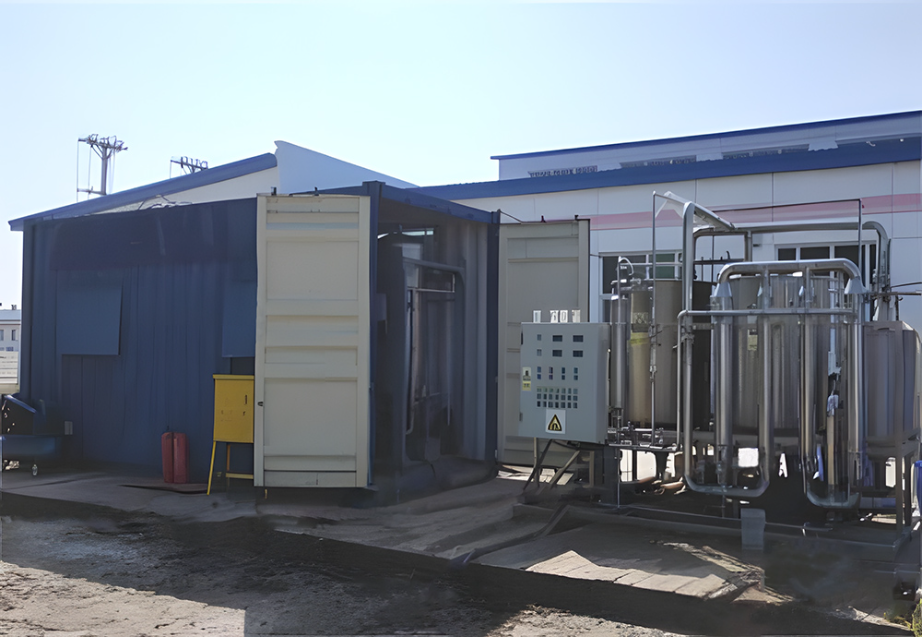The Application of SiC Membrane in Wastewater Treatment
With environmental pollution becoming increasingly severe, wastewater treatment has become a crucial measure to ensure water resource security and maintain a healthy ecological environment. Among the various technologies in wastewater treatment, the SiC (silicon carbide) membrane filter has emerged as a revolutionary product in the field due to its unique advantages and broad application scenarios.
The SiC filter is an abbreviation for a silicon carbide ceramic membrane filter, manufactured from silicon carbide — an inorganic carbon material known for its superior hydrophilicity. This filter excels in the field of wastewater treatment due to its exceptional anti-fouling capability, extremely high filtration flux, outstanding chemical stability, and remarkable mechanical strength. The membrane core is designed with a honeycomb structure, which not only provides high mechanical strength, high packing density, and excellent sealing performance but also facilitates easy installation and maintenance, significantly reducing operational costs and maintenance difficulties.

Pic 1. On-site Equipment of SiC Membrane Filter
The mechanism of the Sic membrane filter relies on its ultra-fine filtration capability to effectively retain pollutants in wastewater, such as suspended solids, particulate matter, and oils, thereby achieving wastewater purification. Its filtration pores are extremely small, with a filtration precision that can reach below 1.0㎛ (filtration pore size of 40nm), ensuring high-quality effluent. Furthermore, due to the excellent hydrophilicity of the Sic material, which has a water contact angle only 0.3° , the filter exhibits strong anti-oil fouling capability. Even in wastewater with high oil content, it maintains extraordinary filtration performance.
In addition to its ultra-fine filtration capability, the Sic membrane filter boasts many unique features. Firstly, its high water flux, which is 3-4 times that of traditional ceramic membranes, significantly enhances wastewater treatment efficiency. Secondly, the incorporation of dynamic and continuous membrane regeneration technology ensures excellent membrane regenerability and a long lifespan. This feature reduces the frequency and cost of membrane replacement, bringing economic benefits for wastewater treatment. Moreover, the Sic membrane filter offers outstanding chemical stability, high-pressure resistance, and temperature tolerance, which enables long-term stable operation in harsh wastewater environments, with a maximum operating temperature of up to 800°C.
In reality, SiC membrane filter has been widely used in the final stage of wastewater treatment processes across industries such as oilfield, petrochemicals, metallurgy, and textiles, thanks to its unique advantages and characteristics. In the treatment of produced water for re-injection in oilfields, the SiC membrane filter effectively removes impurities like suspended solids (SS), particle matter (PM), and oils from the wastewater, ensuring the re-injection water meets quality standards and preventing formation contamination. In the advanced treatment of petrochemical wastewaterI, the SiC membrane filter further purifies the water by removing hard-to-degrade organic compounds, inorganic salts and other pollutants, thereby improving effluent quality and enabling compliance with discharge standards of facilitating water resource reuse. Meanwhile, in the treatment of wastewater from industries such as metallurgy and textiles, the SiC membrane filter also plays a critical role, providing robust support for the sustainable development of these sectors.
To sum up, SiC membrane filter demonstrates significant potential and value in the field of wastewater treatment, owing to its unique advantages and wide usability. With ongoing technological advancements and increasing environmental awareness, it is believed that SiC membrane filter will have wider application and promotion in the future, contributing more efforts to global environmental protection.
